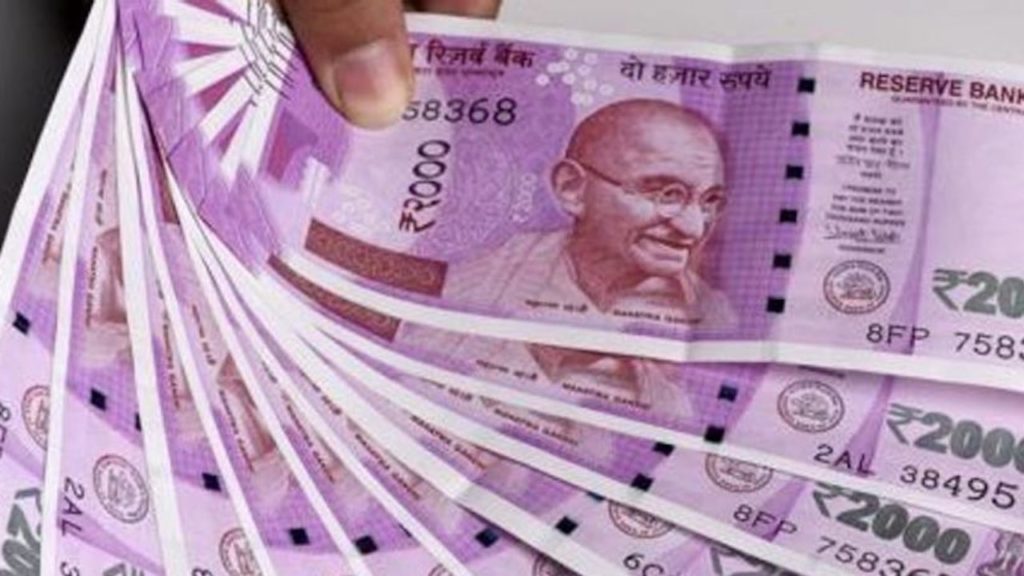The Indian rupee ended 2022 as one of the worst-performing Asian currencies.

Biggest fall after 2013
It registered a fall of 10.14%, its biggest annual decline since 2013 as the dollar rocketed on the back of the U.S. Federal Reserve’s aggressive monetary policy stance to tame inflation.
INR finished the year at 82.72 to the U.S. currency, down from 74.33 at the end of 2021.
Meanwhile, the dollar index saw its biggest yearly gain since 2015.
The only other Asian currency with a worse fortune than the INR was the Japanese yen which was set to close 2022 down over 12% against the dollar.
What held it back?
INR has suffered from a rally in oil prices triggered by the Russia-Ukraine war.
This caused India’s current account deficit to shoot to a record high in the September quarter in absolute terms.
In 2023, market participants believe the rupee would trade with an appreciation bias, finding relief from easing commodity prices and hopeful of foreign investors continuing to buy Indian equities.
Challenges ahead
Raj Deepak Singh, head of derivatives research at ICICI Securities spoke about the challenges the INR could face, “The Fed could keep rates higher for longer than anticipated and if the slowdown in developed economies turns into a prolonged recession, India’s exports could be hit severely, which are two key risks for the rupee.”
Most traders and analysts expect the currency to move between a tight 81.50-83.50 range in the first quarter.
Analysts say that equity inflows will be an important metric to watch for the rupee for foreign investors as well.
Several uncertainties in the new year
However, gauging the direction of share markets has become tough owing to several uncertainties heading into the new year.
Some of these are tight monetary policy conditions, likely recession in some economies and the ongoing Ukraine conflict.
Christopher Wong, FX strategist at OCBC Bank said, “There’s going to be a period of softness in global equities… If we get a selloff in Indian shares, I’ll be less optimistic on the rupee.”
Underperformance despite appreciation
Even if INR appreciates, it could still underperform Asian peers and would not be a top pick in the emerging market complex, Wong said.
The South Korean won and the Thai baht are expected to gain the most in 2023.












